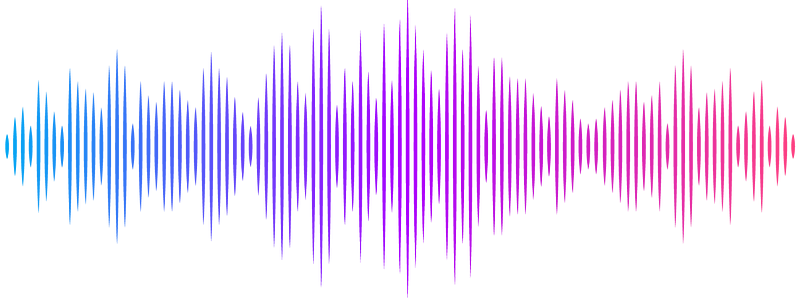Spectroscopic investigations of a filament reconnecting with coronal loops during a two-ribbon solar flare

Spectroscopic investigations of a filament reconnecting with coronal loops during a two-ribbon solar flare
Reetika Joshi, Jaroslav Dudík, Brigitte Schmieder, Guillaume Aulanier, Ramesh Chandra
AbstractIn the standard 2D model of eruption, the eruption of a magnetic flux rope is associated with magnetic reconnection occurring beneath it. However, in 3D, additional reconnection geometries are possible, in particular the AR-RF, where external reconnection involving the overlying arcades (A) and erupting flux rope (R) turns into another arcade and a flare loop (F). This process results in the drifting of the legs of the erupting flux rope. We investigated spectroscopic signatures of such AR-RF reconnection occurring in an erupting filament reconnecting with coronal arcades during a two-ribbon flare. The evolution of the erupting filament eruption is examined using observations by the Atmospheric Imaging Assembly (AIA) and the Interface Region Imaging Spectrograph (IRIS). As the filament rises into the corona, it reconnects with the surrounding arcade of coronal loops with localized brightenings, resulting in the disappearance of the coronal loops and formation of a hot flux rope, showing slipping motion of its footpoints extending to the previous footpoints of the coronal loops (AR-RF reconnection) as predicted by the 3D extensions to the Standard solar flare model. These brightenings are accompanied by the presence of strong blue-shifts in both the IRIS Si IV and Mg II lines, upto about 200 km/s. The lines are also extremely wide, with non-thermal widths above 100 km/s. Furthermore, a strongly non-Gaussian profile of the most blue-shifted component is detected at the start of the AR-RF reconnection, indicating the presence of accelerated particles and MHD turbulence, and associated with the appearance of hot plasma in the AIA 94 A passband. For the first time, an observation has been reported in which the IRIS slit successfully captures AR-RF reconnection between a filament and overlying arcades, resulting in strong blue-shifts and very broad line profiles.